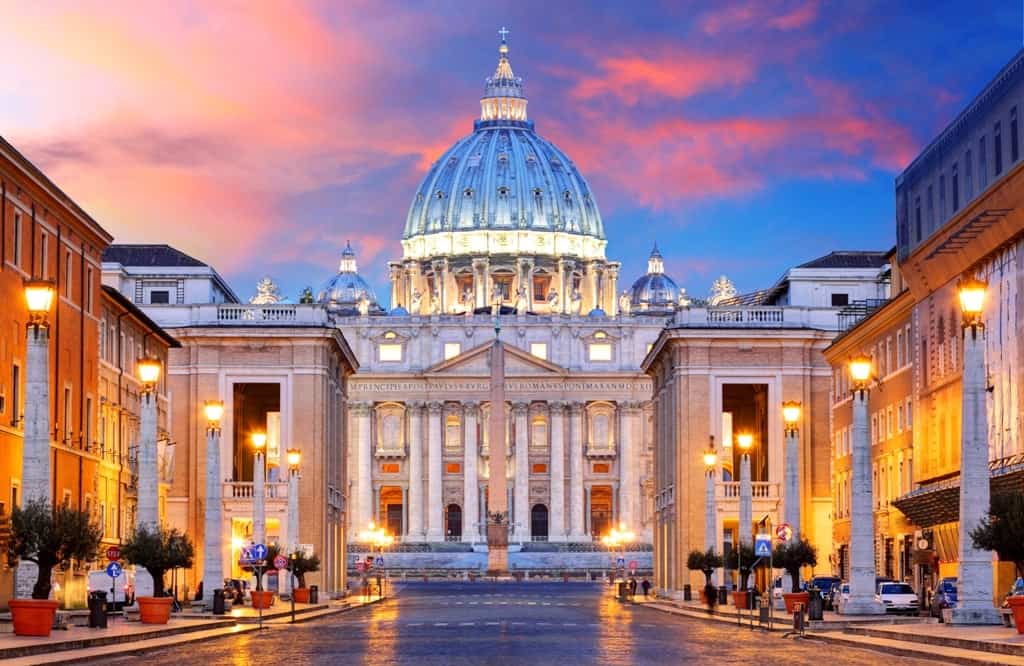Many folks, you know, often wonder about the financial standing of the Vatican. It's a question that pops up quite a bit: what exactly is the Vatican's net worth? This curiosity, it seems, stems from its long history and its truly remarkable collection of art and cultural treasures. So, too, it's almost natural to think about the sheer value of such a unique place, especially given its role in the world.
Trying to put a simple number on the Vatican's wealth, however, is a bit like trying to count the stars. It's really, really complex, and not just because of how much it owns. We're talking about a place that isn't just a church or a country; it's both, and then some. Its assets are not just money in the bank or buildings, but also things that are, in a way, priceless, like ancient texts and sacred sites.
This discussion isn't just about cash or property, though those are certainly part of it. It's also about understanding what "wealth" means for an entity like the Holy See, which, basically, serves a spiritual mission for over a billion people around the globe. We'll look at what makes up its holdings and why getting a clear financial picture is, well, quite a challenge.
Table of Contents
The Vatican City State: A Unique Entity
Defining "Net Worth" for the Holy See
The Vatican's Tangible Assets: A Glimpse
Art and Cultural Masterpieces
Historic Buildings and Sacred Spaces
The Vatican Apostolic Library
Real Estate Holdings Beyond the Walls
The Holy See's Financial Operations
Sources of Income
Expenditures and Charitable Work
The Challenge of Valuation and Transparency
Beyond Monetary Value: Spiritual and Cultural Wealth
Frequently Asked Questions About Vatican Finances
The Vatican City State: A Unique Entity
To really get a grip on the idea of the Vatican's net worth, we first need to appreciate what the Vatican actually is. It's not just a big church, you know, or a simple organization. As a matter of fact, Vatican City is the smallest independent state in the whole wide world. It's an ecclesiastical state, which means it's run by the church, and it's the official seat of the Roman Catholic Church. This tiny country, which is, basically, an enclave right there within Rome, Italy, sits on the west bank of the Tiber River.
With a surface area of just 0.44 hectares, it's pretty much unbelievably small, both in terms of how many people live there and its physical size. Its borders are, quite literally, marked by its walls. This tiny piece of land, however, holds a significance that, arguably, goes way, way beyond its geographical footprint. It's the spiritual heart for Catholicism, and it's absolutely packed with history and truly remarkable art. Its very origins, you see, come from the martyrdom of Saint Peter, which is, well, pretty profound.
So, when we talk about the Vatican, we're discussing a place that's a sovereign state, a religious center, and a historical treasure trove all rolled into one. It's a different country from Italy, and that distinction is, actually, quite important when we think about its finances and how it operates on the global stage. Understanding this unique status is, like, the first step in trying to figure out its overall "worth."
Defining "Net Worth" for the Holy See
Now, when most people talk about "net worth," they're usually thinking about a person's or a company's financial assets minus their liabilities. It's typically a straightforward calculation of money, investments, and property. But for an entity like the Vatican, applying this standard definition is, frankly, quite difficult. The Holy See, as it's often called, isn't really a commercial enterprise designed to

/480066495_HighRes-56a3c9dd3df78cf7727f2e4f.jpg)

